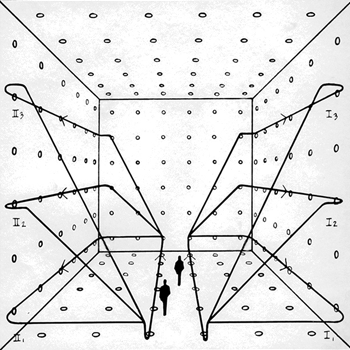I think there is something wrong in the formulation of this question.
With Impulse defined as
vec J = int_(t = a)^b vec F(t) \ dt
= int_(t = a)^b vec dot p (t) \ dt = vec p(b) - vec p(a)
then the Impulse on the object at t= 1 is
vec J = int_(t = 1)^1 vec F(t) \ dt = vec p(1) - vec p(1) = 0
It may be that you want the total impulse applied for t in [0,1] which is
vec J = int_(t = 0)^1 vec F(t) \ dt = vec p(1) - vec p(0) qquad star
To evaluate star that we note that if the rate of change of kinetic energy T is constant, ie:
(dT)/(dt) = const
then
T= alpha t + beta
T(0) = 8 implies beta = 8
T(4) = 136 = alpha(4) + 8 implies alpha = 32
T= 32 t + 8
Now T = abs(vec p)^2/(2m).
implies (vec p * vec p)= 4(32 t + 8)
vec p = 2sqrt( (32 t + 8)) hat p
and
vec p(1) - vec p (0)
= (2sqrt( (32 + 8)) - 2sqrt( 8) )hat p
= 4(sqrt( 10) - sqrt( 2) )hat p N s

